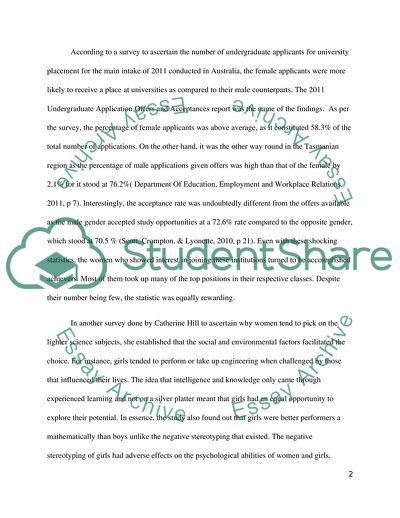Cite this document
(Demographic Impact on University Enrollment Essay, n.d.)
Demographic Impact on University Enrollment Essay. https://studentshare.org/sociology/1782073-does-the-demographic-still-have-an-impact-on-university-participation-choice-of-university-and-choice-of-course-in-australia
Demographic Impact on University Enrollment Essay. https://studentshare.org/sociology/1782073-does-the-demographic-still-have-an-impact-on-university-participation-choice-of-university-and-choice-of-course-in-australia
(Demographic Impact on University Enrollment Essay)
Demographic Impact on University Enrollment Essay. https://studentshare.org/sociology/1782073-does-the-demographic-still-have-an-impact-on-university-participation-choice-of-university-and-choice-of-course-in-australia.
Demographic Impact on University Enrollment Essay. https://studentshare.org/sociology/1782073-does-the-demographic-still-have-an-impact-on-university-participation-choice-of-university-and-choice-of-course-in-australia.
“Demographic Impact on University Enrollment Essay”. https://studentshare.org/sociology/1782073-does-the-demographic-still-have-an-impact-on-university-participation-choice-of-university-and-choice-of-course-in-australia.


